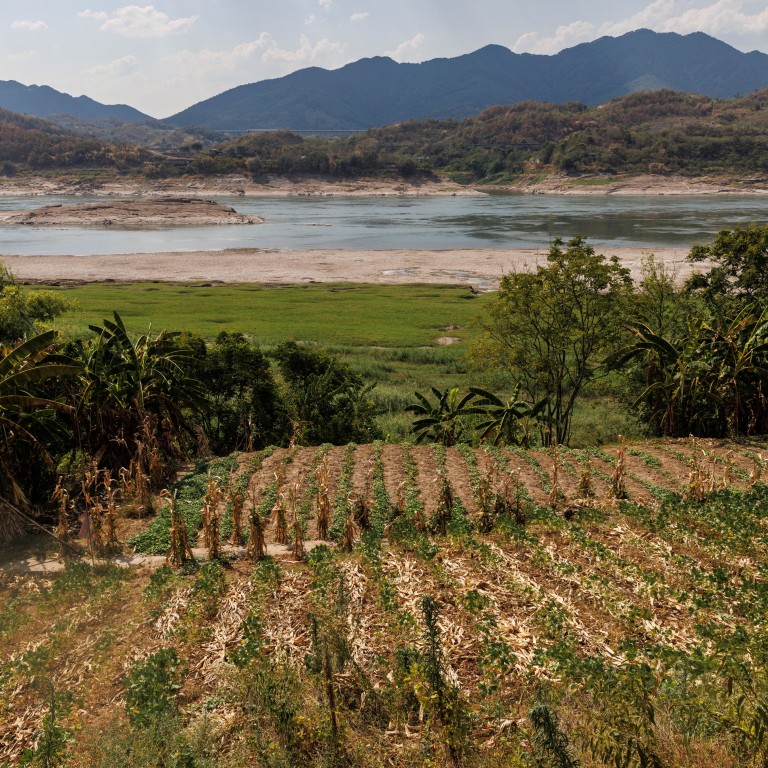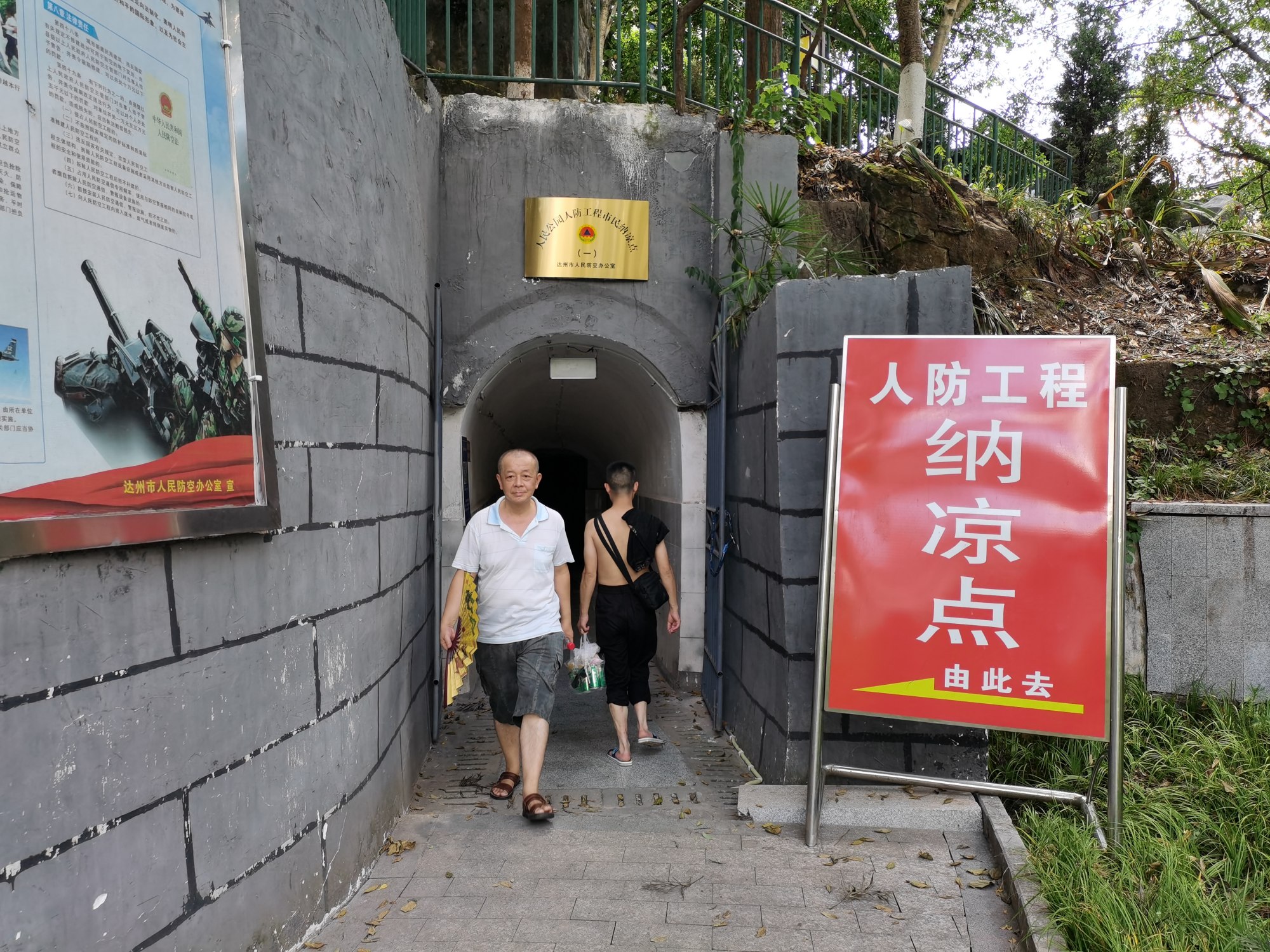
China’s unprecedented heatwave and drought put autumn crops at risk
- Agriculture ministry calls for efforts to ensure there is enough water for irrigation and to generate artificial rain ‘when necessary’
- In Dazhou, Sichuan, people are taking shelter in wartime bunkers to escape the extreme heat during daytime power cuts
The weather bureau on Tuesday renewed an orange national drought alert – the second-highest level – and forecast continued high temperatures of 39 degrees Celsius (102 Fahrenheit) in some areas. Some relief is in sight, with moderate rainfall expected in parts of the Yellow and Huai river regions later this week.
The Ministry of Agriculture said in a notice that the heatwave posed severe challenges for the country’s autumn crops.
“Relevant authorities should issue alerts for high temperatures in a timely manner and take targeted measures to mitigate the adverse effects of the hot weather on autumn grain output,” the notice said. “More efforts should be made to ensure there is adequate irrigation water, open up new water sources, stagger rotation of irrigation and produce artificial rainfall when necessary.”
A vast swathe of China has been experiencing searing temperatures for more than two months. Many rivers and reservoirs have run dry because of a severe drought, and local governments have had to ration power during the day.
In Dazhou, a city of more than 5 million in Sichuan, more than 100 people sought refuge from the extreme heat in an air-raid shelter on Tuesday.

The wartime bunker in a park in the city centre was repurposed to provide relief from the heat last month, and a growing number of residents have been using it since power rationing began a week ago.
Open during the daytime only, there is no light inside, but residents bring flashlights and pass the time playing cards, chatting and having meals. Others seek relief in underground shopping malls – also in the dark.
“I was born in Dazhou and I’ve never seen severe power rationing and drought like this in my lifetime,” said Zhang Shaojun, 69, who sells snacks, water and cigarettes at a stall near the shelter. “I’m not sure we’ll be able to hold out if there’s no rain in the coming week.”

Tuesday was Chushu – the day on the Chinese lunar calendar marking the end of the hot summer season – but the record-breaking heatwave is expected to continue until the end of this month.
Chen Tao, chief forecaster at the National Meteorological Centre, said the eastern provinces were expected to get some relief from the heat on Thursday, but Sichuan – one of China’s major grain-producing areas – might not see a change until Monday.
“There will be relief from the heatwave in most parts of China by the end of this month,” Chen told state-run China News Service.
Heatwaves and droughts have hit countries across the globe this summer, from China to the United States, Africa and Europe. About 60 per cent of EU countries and the UK has been affected by drought, according to the European Drought Observatory.
In China, the high temperatures and drought have disrupted the power supply, industrial production and crop growth.
Sichuan has been hit hardest since hydropower accounts for about 80 per cent of its electricity supply. But the province’s hydropower generation capacity has fallen by more than 50 per cent in the past two months, according to the State Grid Sichuan Electric Power Company.
Chinese province of Sichuan warns of ‘particularly severe’ power shortages
Power rationing began in Dazhou last Tuesday – electricity was initially cut for two to three hours a day and it was expanded from the weekend to eight hours a day.
Du Rong, a 63-year-old retiree, said it was too long to go without power.
“My husband has hemiplegia [partial paralysis] and can’t leave home. When there’s no electricity, all he has is a hand fan to keep cool,” she said. “It’s also too hot for my four-year-old granddaughter to be outside. An eight-hour power cut is just unbearable.”
Stall owner Zhang said she had lost about 40 per cent of her income since the power curbs came in. “No one wants to buy melted ice cream,” she said.
But Tian Miao, a senior analyst at Everbright Securities International, said the power crunch in Sichuan could ease in a week as the government diverted power from neighbouring provinces.
“It’s a regional power shortage, and it’s quite different from last year’s power crunch that plagued about 20 provinces nationwide,” Tian said.
“There’s no power shortage at the national level and we saw coal production increase a lot in the first seven months. The government has the capacity to divert more power to the region. It will be temporary and its impact on industrial chains will be limited.”
Meanwhile, authorities are trying to make sure there is enough water supply for crops like rice and soybeans, which are at a critical growth stage.
Agriculture and Rural Affairs Minister Tang Renjian has told officials in Jiangxi to ensure the supply and use cloud seeding to generate rain when necessary to reduce the impact of the heatwave and drought and help with crop yields.
Additional reporting by Frank Tang

